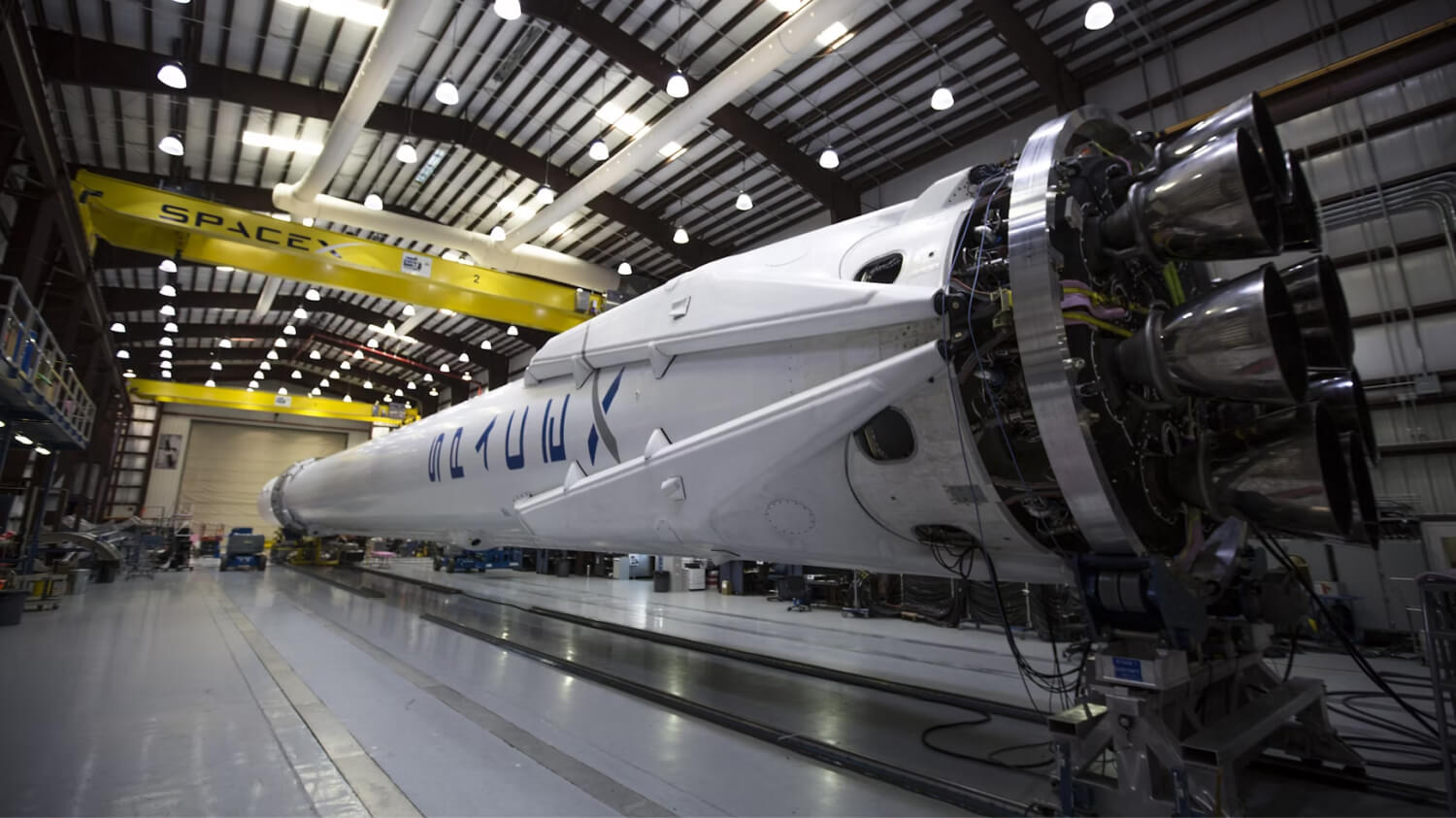9 cryogenic applications powered by Trimteck
Mastering extreme cold temperatures is crucial for many industries, as the demand for hydrogen—a process requiring cryogenic control—is surging. Cryogenic control valves ensure these operations are not only safe but highly efficient, meeting the growing need for sustainable energy solutions.
Multiple control valve designs and the varying demands of individual applications means it can be overwhelming getting to grips with what you need. We’re here to help guide you. So let’s delve into the types of cryogenic valves available, their applications in key industries, and the importance of choosing the right valve for your specific needs.
What are cryogenic valves?
Cryogenic control valves are specifically designed to function in extremely cold conditions. While the exact definition of "cryogenic" varies by industry, these valves typically work in temperatures ranging from -40℉ (-40℃) to below -320℉ (-196℃).
This is crucial for industries like petrochemicals and aerospace. These sectors often need to manage fluids at very low temperatures, and the valves ensure these processes can occur safely and efficiently. High-quality valves prevent leaks and maintain the integrity of the systems handling these cold materials.
Types of cryogenic control valves
Each cryogenic valve type offers specific benefits, making it important to choose one that best fits the application. All cryogenic valves share a key feature: they provide a tight seal. This is vital because cryogenic fluids are delicate. Any leakage could lead to dangerous and costly problems.
At Trimteck, our cryogenic valve range includes:
- Cryogenic butterfly valves - These valves, known for their metal-to-metal seal, offer bubble-tight shut-off, ensuring the integrity of the seal over time. They are recognized for their quick operation, making them suitable for remote control scenarios.
- Cryogenic globe valves - Globe valves have a distinct, spherical shape and a disc that moves perpendicular to the valve's body seat, providing effective long-term sealing.
- Cryogenic ball valves - These valves are known for efficient sealing and better flow characteristics than globe valves. This makes them popular in liquid gas applications. A key feature is the vapor space. It keeps the gland packing near normal temperatures. This reduces problems with heat transfer.
- Cryogenic gate valves - These valves have a wedge-shaped gate that aligns with the body seat, resulting in minimal pressure drop when fully open. Like globe valves, they benefit from Stellite trim to reduce erosion and maintain performance.
Cryogenic applications of Trimteck control valves
You’ll find Trimteck control valves in cryogenic process control systems all over the globe.
Our precision-engineered cryogenic control valves ensure accuracy and safety in challenging cold temperatures. Let’s take a look at some of their key applications:
- LNG liquefaction plants - These plants convert natural gas into liquefied natural gas (LNG) by cooling it to cryogenic temperatures. Cryogenic valves are essential in these facilities to control and manage the flow of the extremely cold LNG.
- LNG terminals and transportation systems - At LNG terminals, they use cryogenic valves for storing and turning LNG back into a gas. These valves are also key in moving LNG. This includes in LNG ships and trucks, to control the LNG flow when they load and unload.
- Air separation plants - These plants liquefy air to make gases like nitrogen, oxygen, and argon. They work at very cold temperatures to separate air into these components.
- Food and beverage manufacturing - Cryogenic valves are used in the food and beverage industry for processes like freeze-drying and rapid cooling. They help maintain the low temperatures required to preserve food quality and safety.
- Steel production plants - In steel production, cryogenic valves are used in processes where extreme cooling is required, such as in the treatment of certain steel grades to enhance their properties.
- Research laboratories - Cryogenic valves are used in scientific research for experiments that require maintaining substances at very low temperatures, such as in the study of superconductors and other cryogenic materials.
- Chemical and petrochemical plants - In the chemical industry, they use cryogenic valves to work with chemicals like ethylene and propylene. These valves help handle and process these chemicals at low temperatures.
- Aerospace storage facilities - Cryogenic valves are used in the aerospace industry for controlling the flow of liquid oxygen and hydrogen, which are used as rocket fuels.
- Medical applications - Cryogenic valves are also found in medical applications, particularly in the storage and handling of cryogenically preserved biological samples and materials.
Choosing the right cryogenic valve for your industry
If you want to ensure efficiency and safety in your process control system, choosing the right cryogenic valve is crucial.
Trimteck offers a broad range of control valves, including:
- Globe valves
- Angle valves
- 3-way valves
- V-notch ball valves
- Eccentric plug valves
- Trunnion ball valves
- Butterfly valves
Our valves are also available in many sizes and pressure classes. This makes them suitable for various uses. Aerospace is one such application that we’re proud to serve with our US-manufactured cryogenic control valves.
If you need dependable and efficient cryogenic control valves, Trimteck has custom solutions for you. Get in touch with our Trimteck sales engineers for more information or to discuss your specific requirements.


